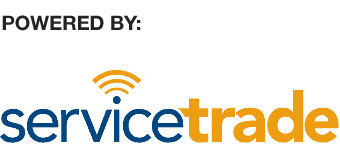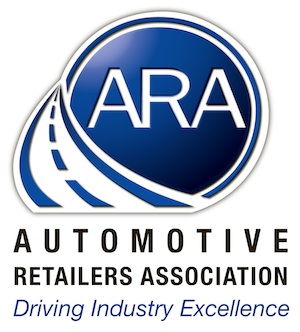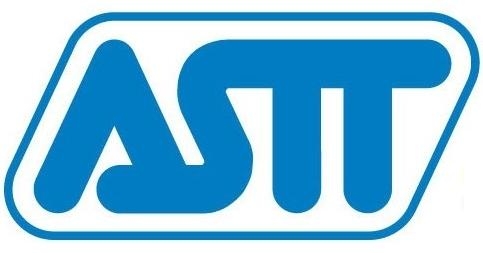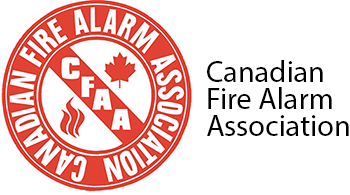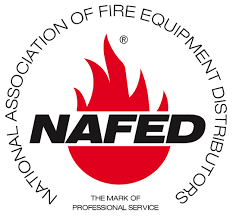Protect Yourself from Falls: A Practical Guide
November 17, 2015
Tasks that Require Off-Ground Safety Equipment
Many recreational activities, such as rock climbing and bungee jumping, use similar equipment to what we mention here. But, professional occupations require off-ground equipment specific to the task. Here are some common occupations that use off-ground safety equipment:
- Roofers
- Window washers
- Construction workers
- Crane operators
- Scaffolding workers
- Linesmen or power line technicians
- Rigging mates on sailboats
Of course anyone in these professions should be aware how to properly use a safety harness, but it never hurts to read the updated design performance standards issued by the Canadian Standards Association (CSA). These standards are updated about every 4-5 years and explain changes in regulation regarding safety equipment.
According to the Canadian Centre for Occupational Health and Safety, using a safety harness becomes necessary when working three metres or more above ground. Whenever it comes to safety procedures and equipment, though, it’s best to err on the side of caution. If you feel like you might have the slightest chance of needing a safety harness, belt, or lanyard, then don’t hesitate to make use of the proper safety equipment.
Basic Usage Techniques
A fall arrest system refers to any variety of harnesses, lanyards, lifelines, ropes, or anchors used to halt dangerous falls in the workplace. Off-ground safety equipment refers to these systems as well, but does not always include a fall arrest system. The main types of off-ground safety systems consist of:
Fall Arrest
If there is any risk of a worker falling from an elevated position, this system will prevent it. The fall arrest system decreases arresting forces and absorbs shock while ceasing the fall.
Positioning
A positioning system holds the worker in place while enabling hands-free work. It activates when the worker leans back, and may require the additional use of a fall arrest system.
Suspension
Suspension equipment lowers and supports workers to allow hands-free movement. Window washing and painting industries tend to use this system often. Again, stay safe and don’t exclude the backup fall arrest system.
Retrieval
This system involves pre-planning for retrieval if a fall should occur and is typical for any fall management program in the workplace. To prevent an injury like suspension trauma, encourage your workers to incorporate the following safety practices:
- Do not work alone in a harness.
- Rope tenders should watch the harness user at all times.
- Limit the time in suspension to shorter periods.
- Select the proper harness for the task, considering all factors.
- Position tie-off lanyards as high and tight as possible.
- Bend knees and adjust your body for proper blood flow.
It’s also a good idea to complete an equipment inspection before every usage. Make sure to check for any loose stitching, frayed ropes, or worn edges. Always remember to adjust the harness buckles for a snug fit – this will help to absorb shock better if there is a fall.
Task Smarts and Common Sense
There’s no replacement for good judgment and common sense, but learning basic safety can’t hurt. What can hurt is ignorance about creating a safe work environment. Here are some tips for the common tasks that use fall prevention equipment:
- Pick a calm, clear day to work, avoiding wet or slippery environments.
- Wear shoes with a soft rubber sole and good traction.
- Keep shoes clean and free of dirt and debris.
- Rope off the ground below your work area for the safety of others.
- Secure power tools with rope or cords that are anchored away from your feet.
- Avoid slate and tile roofs.
To prevent tangles and malfunctions, position your anchors directly above the work area and avoid working more than 1.5 metres to the side of an anchor. It may be frustrating to move or add more anchors, but this will prevent many problems with your harness and ropes. Another thing that’s easy to forget is repositioning the rope grab as you work. This reduces the slack so you’re always close to the anchor and safety.
Other Equipment
The use of ladders, roof brackets, and railings help to minimize risk and difficulty. Accessing your work environment should be simple and safe. Readying off-ground safety equipment considerably lengthens a task, but it’s better to insure the safety of all who take part than to risk an injury.
Training your employees and fellow workers to follow these safety practices and guidelines will decrease risk of injury and make your tasks easier to do. After the work day is over, don’t forget to take down and put away the necessary equipment for future use.
For more information, be sure to visit our Safety Equipment page or contact our helpful staff at Nutech Safety in Kamloops or Kelowna should you have any further questions.
